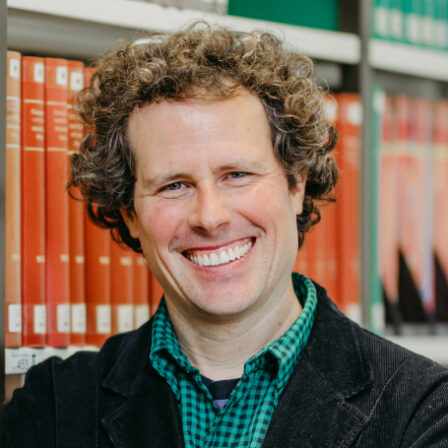AI/ML Seminar Series: Deep Anomaly Detection
Marius Kloft
Professor of Computer Science PTU Kaiserslautern-Landau, Germany

Anomaly detection is one of the fundamental topics in machine learning and artificial intelligence. The aim is to find instances deviating from the norm – so-called ‘anomalies’. Anomalies can be observed in various scenarios, from attacks on computer or energy networks to critical faults in a chemical factory or rare tumors in cancer imaging data. In my talk, I will first introduce the field of anomaly detection, with an emphasis on ‘deep anomaly detection’ (anomaly detection based on deep learning). Then, I will present recent algorithms and theory for deep anomaly detection, with images as primary data type. I will demonstrate how these methods can be better understood using explainable AI methods. I will show new algorithms for deep anomaly detection on other data types, such as time series, graphs, tabular data, and contamined data. Finally, I will close my talk with an outlook on exciting future research directions in anomaly detection and beyond.
Bio: Marius Kloft has worked and researched at various institutions in Germany and the US, including TU Berlin (PhD), UC Berkeley (PhD), NYU (Postdoc), Memorial Sloan-Kettering Cancer Center (Postdoc), HU Berlin (Assist. Prof.), and USC (Visiting Assoc. Prof.). Since 2017, he is a professor of machine learning at RPTU Kaiserslautern-Landau. His research covers a broad spectrum of machine learning, from mathematical theory and fundamental algorithms to applications in medicine and chemical engineering. He received the Google Most Influential Papers 2013 Award, and he is a recipient of the German National Science Foundation’s Emmy-Noether Career Award. In 2022, the paper ‘Deep One-class Classification’ (ICML, 2018) main-authored by Marius Kloft received the ANDEA Test-of-Time Award for the most influential paper in anomaly detection in the last ten years (2012-2022). The paper is highly cited, with around 500 citations per year.